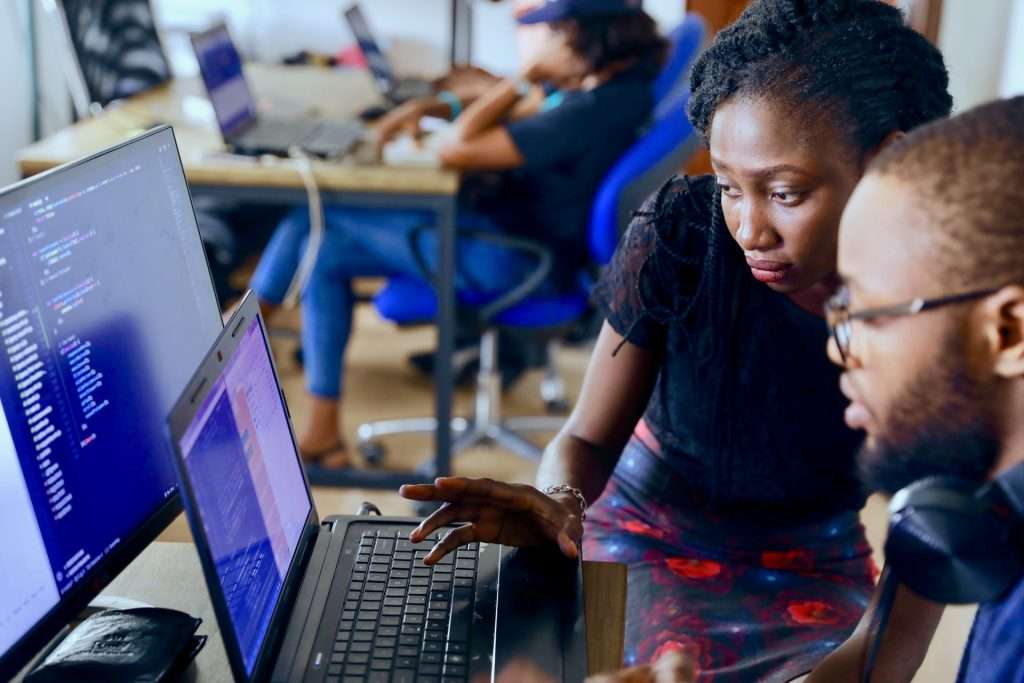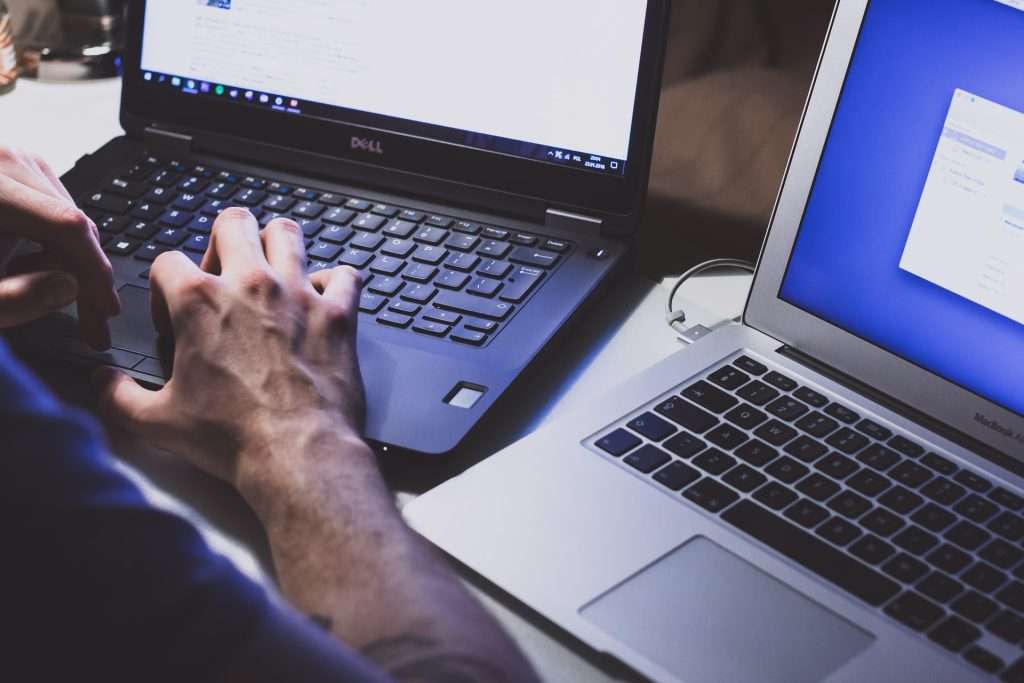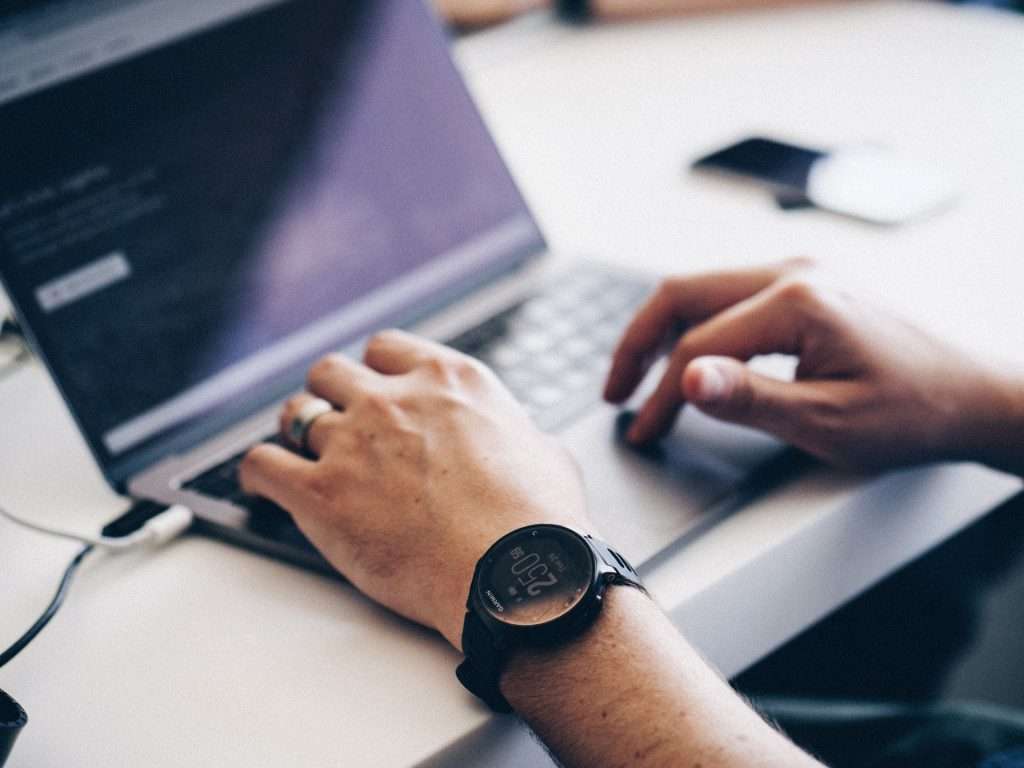There are several steps to develop a blockchain application for crypto trading. Also known as DApps, custom blockchain applications function as decentralized platforms with no server.
Due to the highly technical nature of these operations, it helps teams to have a solid understanding of IoT app development, DevOps, and custom systems engineering.
They operate as an intermediary between users looking to securely exchange funds, crypto assets, or communications data. Of course, these powerful functionalities open up a wide range of possibilities for avid crypto enthusiasts and active traders.
That’s why many software developers, such as yourself, are exploring lucrative opportunities in blockchain platform engineering. Read on and learn how to develop your blockchain application for crypto trading.
Learn About Different Blockchain Architectures

First off, learn about all the different foundational architectures to create a blockchain app for crypto trading. Generally speaking, there are four primary networks you can use.
For a start, many developers utilize a permissionless blockchain, accessible to all users on a public level. Or, you can leverage a permissioned blockchain that is only available to authorized users. This type of network leverages digital nodes to regulate crypto transactions between users accurately.
If neither of these options meets your needs, build a hybrid blockchain that incorporates both worlds’ best. For security-focused teams, on the other hand, use a consortium blockchain. Basically, this network has a native validator node to initiate, receive, and verify online transactions.
Definitely, familiarize yourself with the different forms of blockchain to create a DApp for crypto trading.
Brainstorm an Idea
Next, brainstorm an idea for your decentralized blockchain app for crypto trading. Find some issues that you encounter daily with blockchain. Then, start devising some solutions to address and simplify these common problems. For example, creating an app that allows users to easily check the BTC price in real-time could address a common need for traders. This feature could include customizable alerts for price changes, detailed historical data, and even predictive analytics to help users make informed decisions.
If you are developing a program for a specific company, carefully review their requirements to brainstorm genius app concepts as well. Also, performing a detailed cost and benefit analysis will always enhance the idea generation phases.
This process helps to brainstorm product ideas that are immune from risks associated with the development stage. If you are struggling to come up with ideas, reach out to your dedicated app development team. Certainly, brainstorm profitable ideas for blockchain DApps to begin the development process.
Configure Your Tech Stack

Also, you need to configure your technology stack for effective blockchain app development. Powerful resources can seriously improve application performance, stability, and quality. For example, you can use a kubernetes registry by JFrog to secure, optimize, and streamline the k8s cluster provisioning pipeline.
With these solutions in place, you can benefit from a universal repository with unlimited Docker hub access. This enables you to simplify application deployments while avoiding image-pull limits. Plus, you can leverage the fine-grained access control needed to share images throughout your programming ecosystem.
Surely, configure your tech stack with the latest tools, resources, and technologies to build a feature-packed custom blockchain software application.
Configure the Backend
With your tech stack enabled, start designing the backend of your blockchain application. Traditionally, the application’s backend uses databases, dedicated servers, and intelligent logic, which are all needed to support the front end.
Decentralized apps are no different, except they usually consist of two back ends. One is entirely blockchain-based and primarily encompasses smart contracts. The other side is more similar to the backend of traditional applications. It generally includes a web server that exchanges, verifies, and processes vital system data.
Definitely, backend configuration is crucial to developing a decentralized blockchain application.
Build Smart Contracts

Now, you are ready to build smart contracts for your decentralized blockchain app. When developing contracts, focus on simplicity, readability, and usability. After all, the contracts cannot be modified once deployed. This means reviewing the software code and conducting in-depth tests is absolutely critical.
Remember, it is always easier to debug a smart contract pre-release during the testing phase. If smart contracts complex logic or confusing calculations, you’ll end up spending more for deployment. Of course, develop simplified smart contracts when building a blockchain DApp for crypto trading.
There are several steps to develop a blockchain application for crypto trading:
- Learn about different blockchain networks when building the application.
- Brainstorm an idea to overcome challenges and implement solutions. In addition, configure your tech stack with the latest features.
- Configure the back end to verify and process system data.
Of course, develop simple smart contracts to maintain readability and usability standards. Read the highlighted points to develop your own blockchain application for crypto trading and always check for the best cryptocurrency trading signals.



